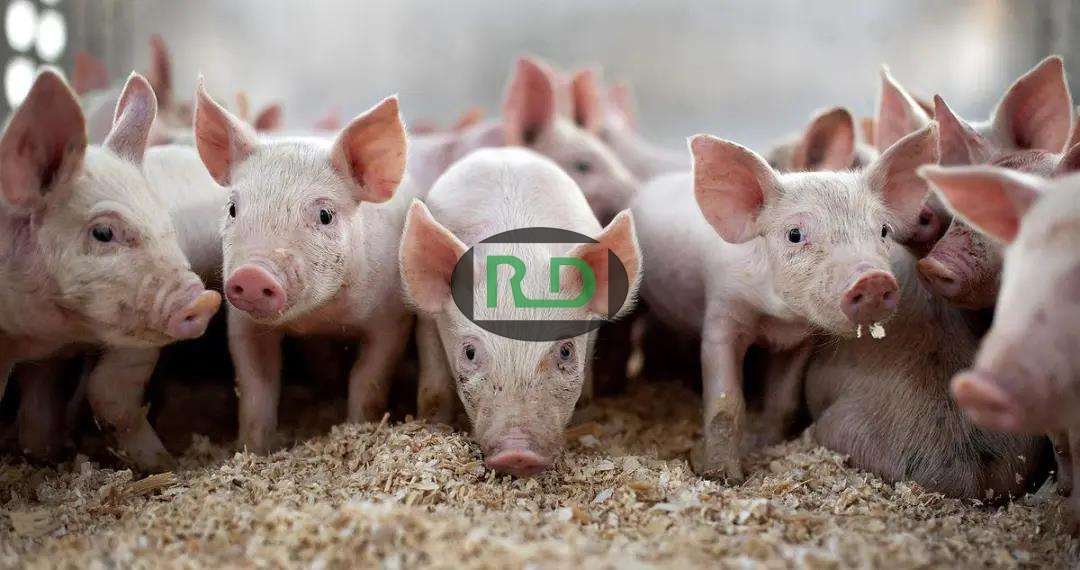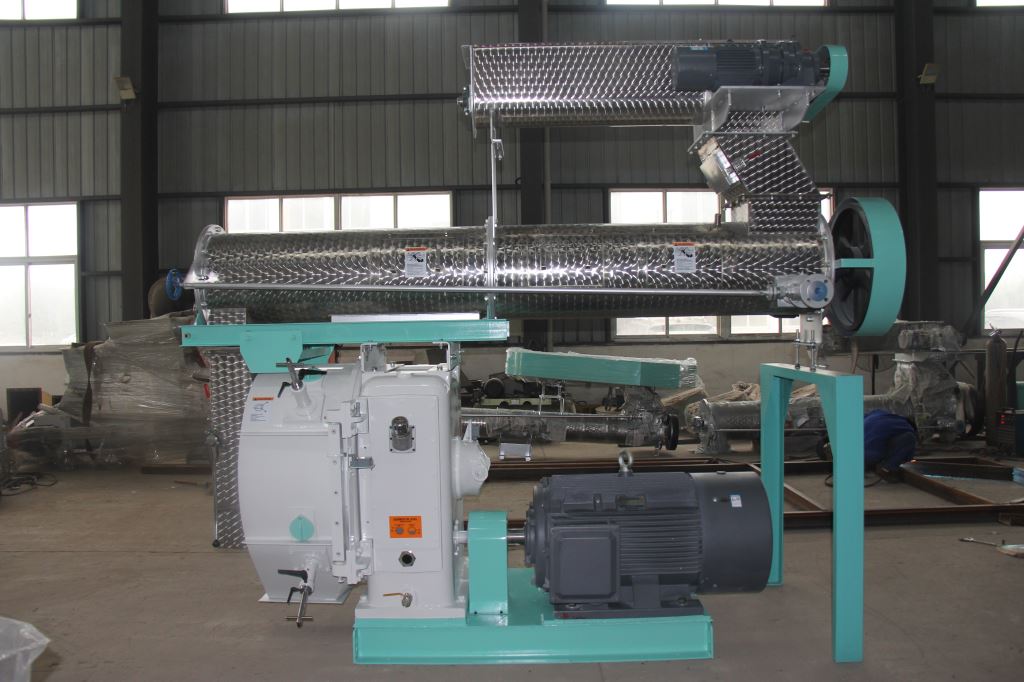Welcome to Rongda Machinery Co., Ltd
Toggle Navigation
Feed machines, pivotal equipment in agro-industry, have revolutionized animal husbandry by transforming raw materials into nutritionally balanced feed pellets. These machines cater to diverse scales of operation—from small family farms to industrial feed mills—ensuring efficiency, sustainability, and cost-effectiveness. Below is an exploration of their classifications, technological advancements, and sector-specific applications.
1. Types of Feed Machines: Tailored Solutions for Varied Needs
Feed machines are broadly categorized based on their structural design and production capacity:
Flat Die Feed Pellet Machines: Ideal for small-scale operations (50–500 kg/h), these compact units are favored by household farmers and small livestock breeders for producing customized feed. Their adaptability to materials like corn, soybean meal, and wheat makes them suitable for poultry, rabbits, and pigs.
Ring Die Feed Pellet Machines: Designed for high-output industrial settings (1,000–5,000+ kg/h), these machines dominate large feed mills. They integrate automation and energy-saving mechanisms, crucial for producing bulk feed for cattle, poultry, and aquaculture.
Specialized Feed Systems: Innovations include floating fish feed extruders (for buoyant aquatic pellets) and pre-mix feed plants (for additives and micronutrients), addressing niche requirements in modern farming.

2. Core Mechanisms: Precision and Efficiency
Modern feed machines employ advanced engineering to ensure uniformity and nutrient retention:
Extrusion Process: Raw materials are mixed, conditioned, and forced through die holes under high pressure and temperature. This gelatinizes starches, enhancing digestibility.
Automation Integration: Programmable logic controllers (PLCs) and sensors regulate parameters like moisture, pellet size, and throughput, minimizing human error and optimizing output.
Material Durability: Stainless steel (SS304/316) components resist corrosion, extending machinery lifespan even under high-stress operations.
3. Sector-Specific Applications
Poultry and Livestock: Machines like the FCKJ series produce pellets rich in proteins and fibers, tailored for chickens, pigs, and cattle. Adjustable die sizes (2–12 mm) accommodate varying animal sizes.
Aquaculture: Floating feed extruders incorporate unique die designs to create water-stable pellets that remain buoyant, reducing waste and pollution.
Pet Food Production: High-end models process hypoallergenic or grain-free formulations for pets, utilizing twin-screw extruders to shape kibble into bones, hearts, or fish shapes.

4. Sustainability and Industry Trends
Leading manufacturers, such as FAMSUN, emphasize eco-friendly innovations:
Energy Efficiency: Newer models reduce power consumption by 15–20% through optimized gearboxes and hybrid motors
Smart Manufacturing: IoT-enabled machines provide real-time diagnostics and predictive maintenance, aligning with the push for Industry 4.0 in agro-business Circular Economy: Byproducts like crop residues and brewery waste are repurposed into feed pellets, minimizing agricultural waste.
5. Challenges and Future Prospects
While feed machines enhance productivity, challenges persist:
Cost Barriers: High initial investments limit accessibility for small farmers, though leasing models are emerging.
Technical Skill Gaps: Training programs are critical to maximize machinery utilization in developing regions. Future advancements may focus on AI-driven formulation adjustments and biodegradable pellet coatings to further reduce environmental footprints.
Conclusion
Feed machines are indispensable in bridging the gap between raw agricultural resources and high-quality animal nutrition. As technology evolves, their role in promoting sustainable and scalable farming will only expand, reshaping global food security landscapes. For detailed specifications or supplier insights, refer to industrial leaders like FAMSUN or Shandong Huake.